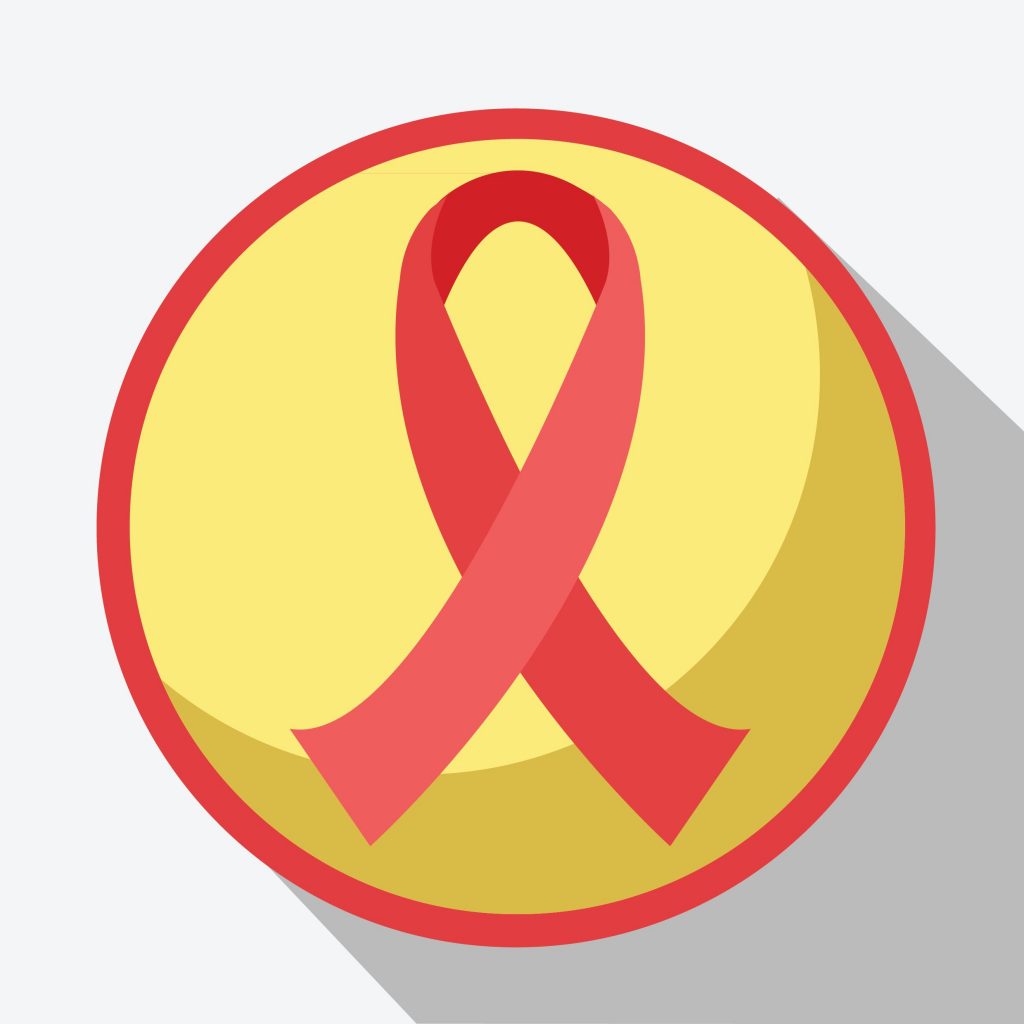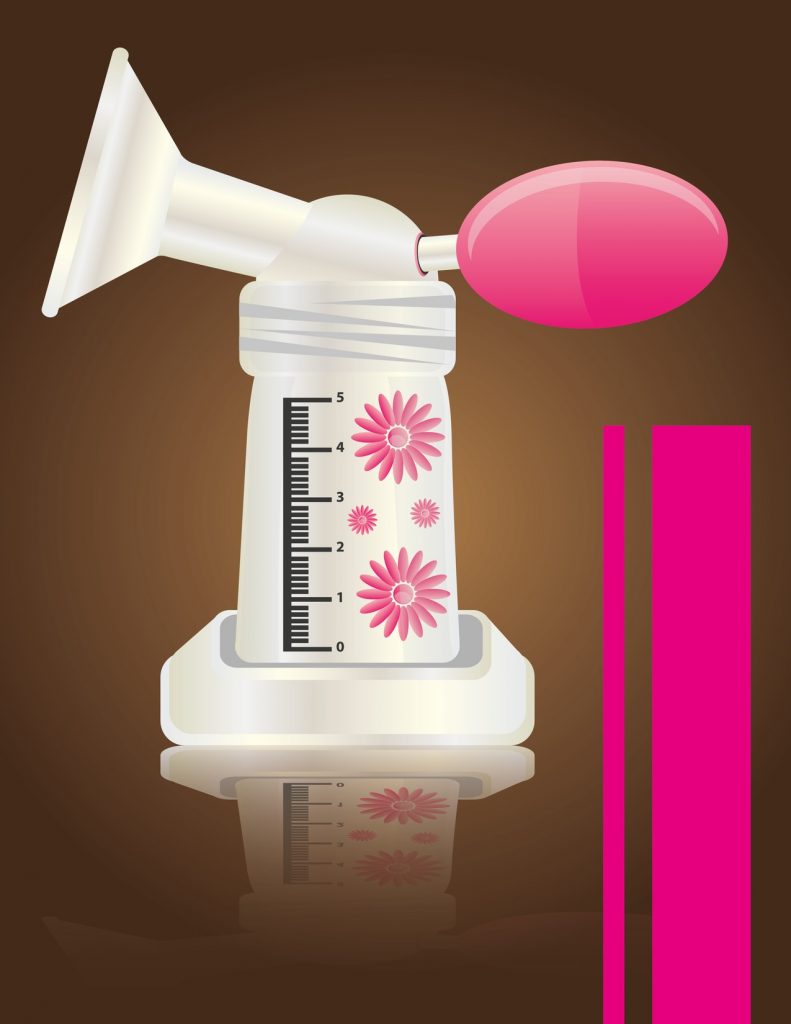
Improving Linkage to Care is the Next Goal for HIV Treatment
Linkage to Care (LTC) is the three-month period of time between diagnosis and medical treatment for HIV. Groundwork is laid for future treatment during this time. Newly-diagnosed patients need to understand the ins and outs of their diagnosis. It’s a crucial part in such a transitional time in their lives.
Studies have shown a wide range of information regarding how many HIV patients are getting LTC. The number is often between 59% and 80%. Many consider this to be too low a number either way. This has prompted more developed nations to set their Linkage to Care rate to 90% by 2020.
The World Health Organization (WHO) stresses the importance of providing a service built around the health needs of those living with HIV. A diagnosis of this magnitude can make a patient feel vulnerable. Consequently, WHO believes treating them with dignity goes a long way.
WHO recently gave a list of suggestions that studies suggest would help improve LTC. Here is what they find to be most helpful.
Steps to Help Increase Linkage to Care
- Streamlined interventions to reduce the time between diagnosis and engagement in care. This includes enhanced linkage with case management and support for HIV disclosure.
- Carrying out routine viral load testing 6 months and 12 months after Antiretroviral Therapy (ART). If the patient is stable on ART, then every 12 months would be all that’s necessary.
- Improving the data used to identify the linkage’s quality.
- Less frequent clinic visits for those stable on ART. As a result of ART working for them, every 3-6 months would be sufficient.
- Programs that provide community support boosts retention in care. Methods suggested for them to use include: interventions, peer counselors, and mobile communication.
When Linkage to Care is initiated early for HIV patients, better medical treatment is possible. Increasing the amount of people who receive earlier treatment is a great first step in managing the disease.

The Consequences of HIV Being Stigmatized
Prevention starts with making HIV less stigmatized. Since its initial outbreak in the 1980s, this has been a major issue. While there is a complexity to this, it’s necessary to address. Getting rid of the lingering stigma will prove to benefit those living with HIV. Over the years, many studies have shown this. Two sectors where a change in procedure would benefit HIV patients most is among health care and law enforcement officials.
HIV Patients Stigmatized by Health Care Providers
Whether it’s intentional or not, HIV inhibits far too many people from accessing HIV prevention, testing, and care, even today. According to the World Health Organization, health workers in several countries have committed breaches of confidentiality.
Honesty is important in these situations. Lack of discretion limits how honest patients are. Fear is another consequence. Less testing is a result of fear. The possibility of that information being made known against their will is a big problem.
HIV Patients Stigmatized by Laws
Criminalizing HIV is another way in which the disease remains stigmatized. They have little basis. There’s very little evidence that they’ve effectively reduced HIV. Up to a quarter of these cases involve either a low or no-risk activity.
Many believe that these laws can undermine prevention efforts. If afraid, testing for HIV among people at risk will be less common. Also, laws of this nature create widespread confusion about which activities are considered high risk. People must be properly educated on HIV in order to prevent it.
Taking preventative measures in making HIV less stigmatized leads to better HIV prevention in general. Better laws could lead to better education. And training health care providers to be better equipped at handling such a sensitive situation would do wonders. Do not underestimate these factors. They can make a difference.

What to Know When Breastfeeding With HIV
Unlike other principles of healthcare for babies with HIV-positive mothers, breastfeeding still does not have a consensus. There is a long list of preventative measures known to work when ensuring the baby’s long-term health. Babies born to HIV-positive mothers are put on zidovudine hours after birth. And they’ stay on it for 4 to 6 weeks. Additionally, they are tested for HIV 3 times during their first 6 months of life. Each of these measures has worked well in stopping HIV from spreading to the child. These are all agreed upon practices. Breastfeeding, however, is more complicated.
AIDSInfo and the CDC both oppose breastfeeding with HIV and suggest using formula as a healthy alternative. WHO (World Health Organization) on the other hand, insists it’s still the best option. Considering what’s at stake, it’s important to know which option is best. For that reason, here is a deeper look at what’s out there.
The Conflicted Beliefs About Breastfeeding With HIV
Those against breastfeeding with HIV are wary because the disease can potentially spread to the breast milk. There are also reports of children becoming infected with HIV after eating food previously chewed by a person with HIV. And that when given formula instead of breast milk, babies are 30% less likely to be infected. This is why many err on the side of caution.
Many studies in recent years have challenged this belief, though. They show that breastfeeding is beneficial for both the mother and baby. Breast milk possesses components with the ability to kill the virus. High levels of polyunsaturated fatty acids in the milk are associated with this reduced risk.
The wide range of positive and negative research about breastfeeding with HIV makes it difficult to reach a conclusion. Be sure to discuss this with your doctor before making any final decisions.

Healthy Lifestyle Tips for HIV Patients
HIV patients are continuing to live longer, and are maintaining a more healthy lifestyle. The disease is no longer considered the death sentence it once was. In a study conducted by the CDC (Centers for Disease Control and Prevention), they found that the number of new infections in America is down from its peak in the 1980s. Detection of the disease is also improving. This makes it easier for the patient to prevent spreading the disease.
A lot of work still needs to be done. Medical advancements are improving year by year, but other steps are imperative in order for HIV patients to maintain a healthy lifestyle. Diet and exercise are two staples for anybody looking to stay healthy. The unique factors facing an HIV patient make these even more important. These guidelines for each should help show the importance of diet and exercise for an HIV patient:
Less Salt and Sugar, More Fruits and Vegetables
HIV patients are at greater risk of heart disease. Keeping away from food containing high levels of sugar and salt is even more important because of this. The antioxidants in fruits and vegetables provide great benefits to the immune system. Anything that can benefit an HIV patient’s immune system is paramount. Getting lipodystrophy is not as likely with a high fiber diet. This has been known to be a potential side-effect of HIV.
A Mindful Exercise Regimen Is Crucial To A Healthy Lifestyle
Moderate exercise at least three times a week has proven to slow HIV’s progression. Also, many people with HIV have increased levels of blood sugars and fats. Exercise is the best way to combat that. Fatigue is something to be mindful of, being that it has negative effects on the immune system. Hiking and biking are beneficial exercises to consider. Yoga lowers pressure and stress. And strength training provides a needed balance.
A healthy lifestyle with an HIV diagnosis is possible. Balancing medication, diet, and exercise are necessary for that to happen. Knowing how to best achieve that is necessary for all HIV patients to be aware of.

Factors to Consider When Working With HIV
As a result of better treatment options, more and more patients have considered finding employment and working with their HIV. As AIDSInfo states, many people living with HIV lead normal, healthy lives, including having a job. So, if you are healthy enough, and want to get back in the workforce after your HIV diagnosis, this is a possibility.
Seeking employment is a big step, though. Working with HIV has many benefits. However, many obstacles still stand in the way of many HIV-positive people seeking employment. For anyone living with HIV and looking to work, it’s important to consider these factors.
Working with HIV Has Positive Effects on Patients
When asked why they wanted to work, HIV-positive individuals cited a long list of reasons. Aside from the obvious financial benefits, a main driving force was that it increased their self-worth. For many people, what they do for a living is closely linked to how they perceive themselves. Being able to contribute in some way boosts their self-esteem.
Increased social interaction is another positive to working with HIV. Isolation is a common problem among people fighting HIV. Being around people every day creates a possibility for consistent engagement that would otherwise be harder to find.
Obstacles for HIV Patients in the Workforce
Research has found many concerns related to the possible loss of health benefits when re-entering the workforce. Depending on their healthcare plan, they may no longer be eligible to get those benefits.
They also fear the possibility of disclosure. Sensitive information of this ilk becoming public knowledge leads to worry about being discriminated against. Although there are laws in place to prevent this type of discrimination, it’s still a concern.
Working with HIV can provide financial independence and an improved sense of self-worth. But for many, the costs outweigh the benefits. Be sure to give each possibility a good amount of thought before deciding what’s best.





